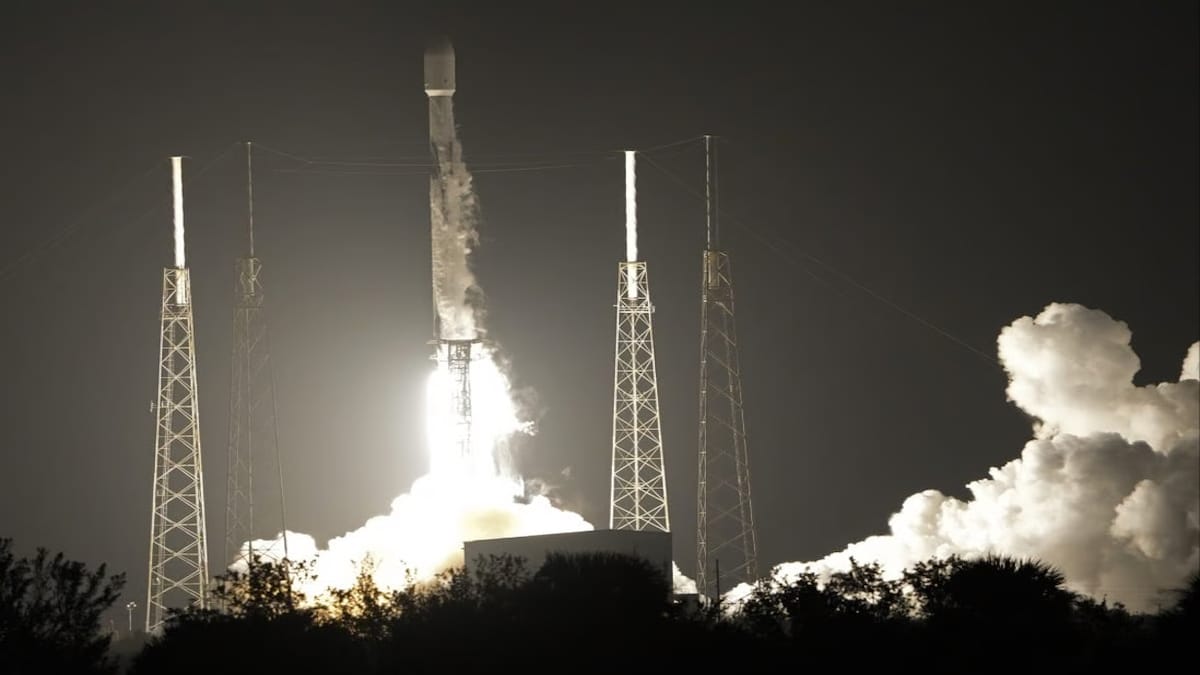On Sunday, a spacecraft from a Japanese startup was launched to the Moon in the first lunar mission ever for the nation and the first of its type by a private enterprise.
After two delays for further pre-flight inspections, Elon Musk’s SpaceX launched the rocket from Cape Canaveral in Florida, the US.
Live video of the launch showed the spacecraft, which was created by the Tokyo-based startup ispace, blasting out atop a Falcon 9 rocket at 2:38 am (0738 GMT).
“Our first mission will lay the groundwork for unleashing the moon’s potential and transforming it into a robust and vibrant economic system,” the startup’s CEO, Takeshi Hakamada, said in a statement.
Only the United States, Russia, and China have been able to successfully land a robot on the moon thus far.
The Hakuto-R programme, which stands for “white rabbit” in Japanese, launched its first mission with the iSpace mission.
The business predicted that their lunar lander would land on the Moon’s surface in April 2023, which is the Japanese year of the rabbit.
The spacecraft, which measures just over 2 by 2.5 metres, is carrying a 10-kilogram United Arab Emirates-built rover as part of its payload.
Although the Gulf nation is a recent participant in the space race, it recently launched a spacecraft into Mars’ orbit. The Rashid rover will be the first Moon mission for the Arab world if it lands properly.
The Google Lunar XPrize competition to send a rover to the Moon by the year 2018 had five finalists, but there was no winner. Hakuto was one of them.
The Japanese rock band Sakanaction’s song “SORATO,” which was originally recorded in support of the Google competition, is also included on the disc that the ispace lunar lander is transporting together with two robots made by the Japanese space agency.
Another contender in the competition, the Israeli group SpaceIL, was unsuccessful in becoming the first privately-funded mission to land on the Moon in April 2019 after its lander collided with the lunar surface.
ispace, which has just 200 employees, has said it “aims to extend the sphere of human life into space and create a sustainable world by providing high-frequency, low-cost transportation services to the Moon.”


